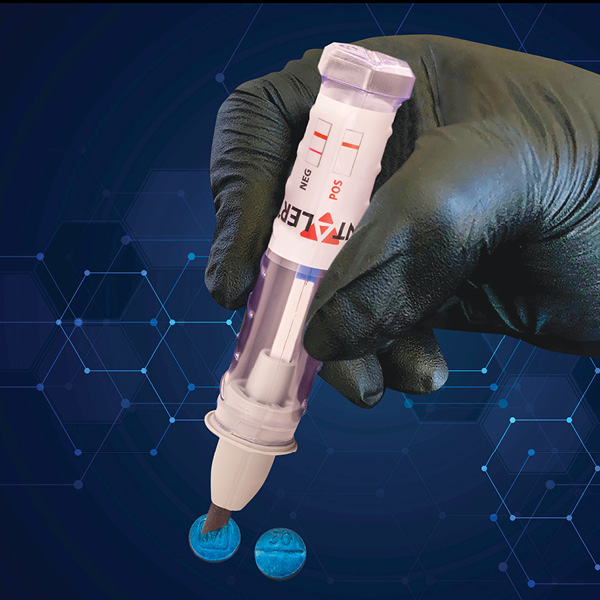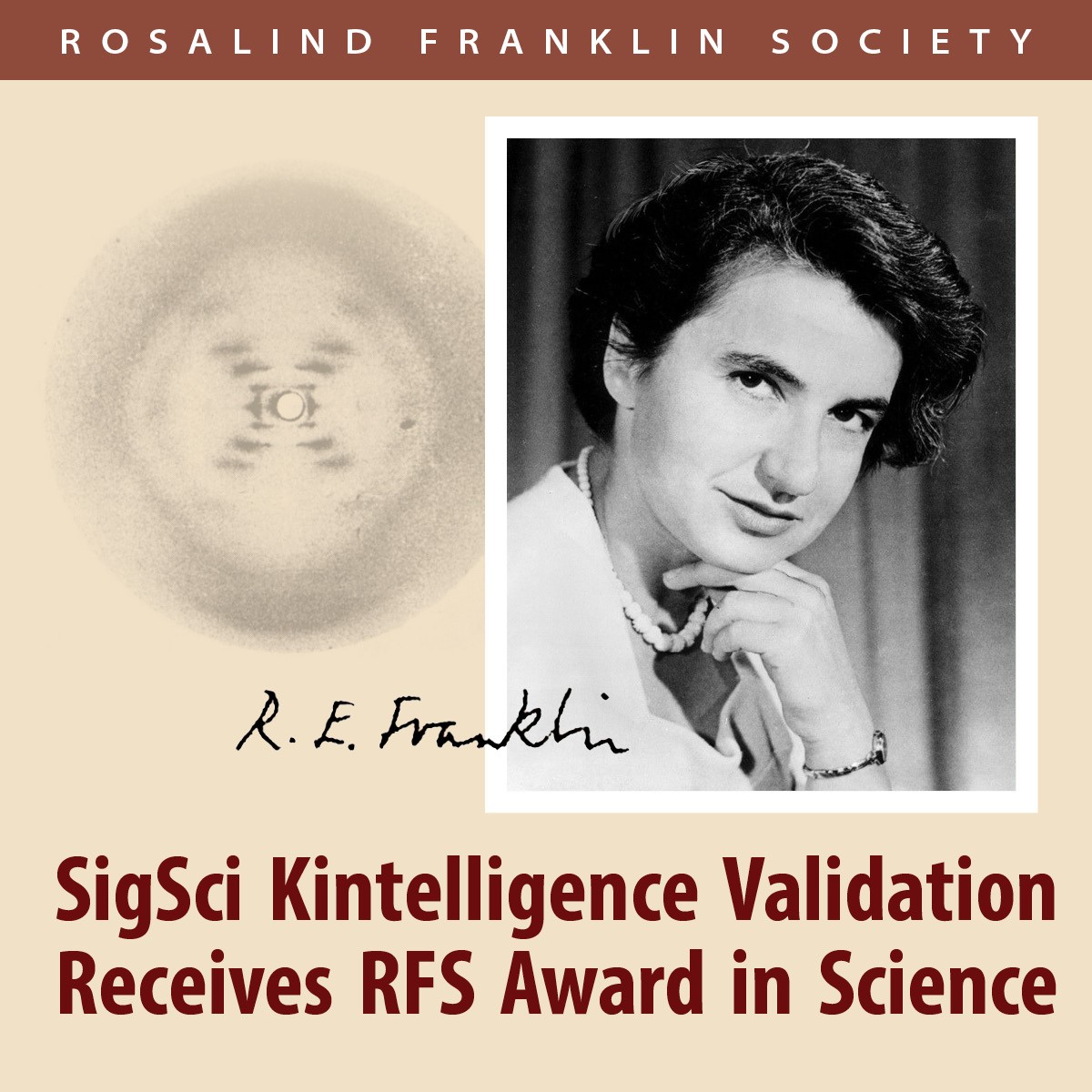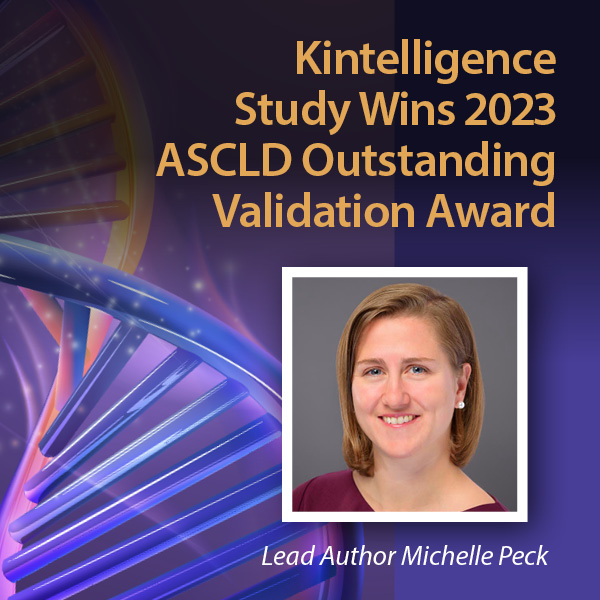
Published in ACM Digital Library: SeqScreen-Nano: a computational platform for streaming, in-field characterization of microbial...
Abstract The COVID-19 pandemic forever underscored the need for bio-surveillance platforms capable of rapidly detecting emerging pathogens. Oxford Nanopore Technology (ONT) couples long-read sequencing with in-field capability, opening the door to real-time, in-field biosurveillance. Though a promising technology, streaming assignment of accurate functional and taxonomic labels with nanopore reads remains... MORE









